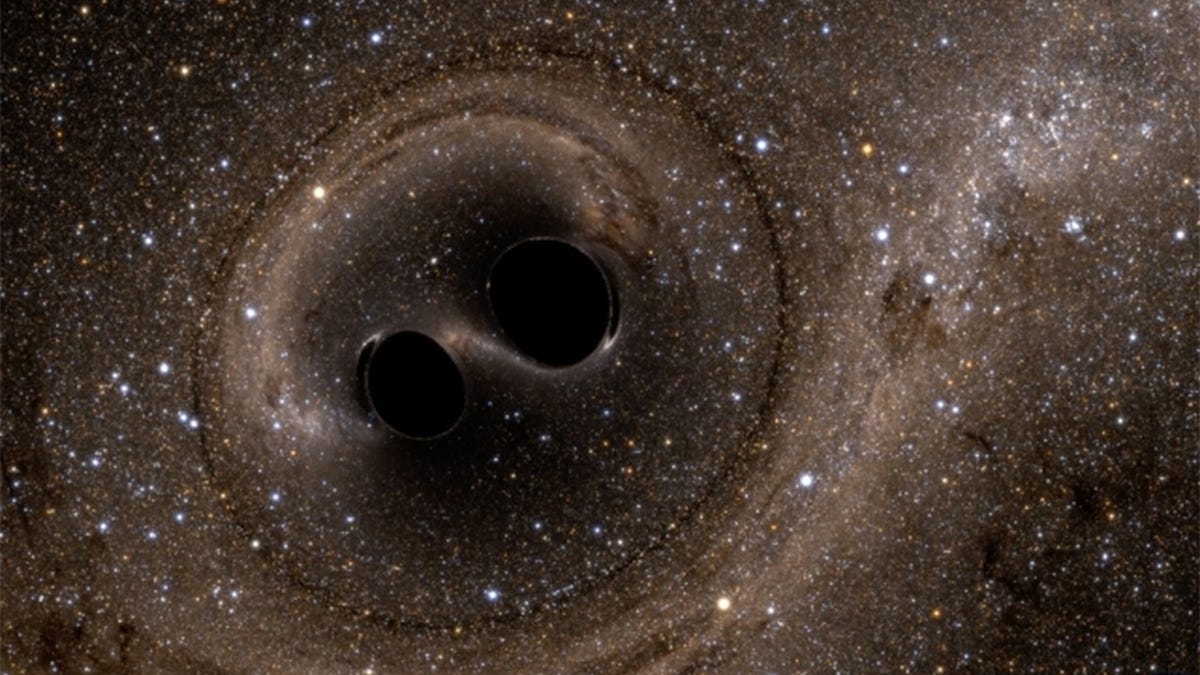Australia opening $31.3M gravitational astronomy research centre
There's a really good joke about Australian surfing and catching waves, but we can't think of one.
The amazing discovery of gravitational waves, announced this February, was an influential moment in the history of astronomy, and the collaborative work of hundreds of scientists around the world. Australia played a significant role in this discovery -- and will continue to move forward in the field, with the announcement of an AU$31.3 million gravitational wave research centre.
The funding for the ARC Centre of Excellence for Gravitational Wave Discovery, aka OzGRav, comes from the Australian Research Council, which today announced AU$283.5 million in funding across nine new research centres established in Australia.
OzGRav will be based at Swinburne University of Technology in Victoria, led by Matthew Bailes, who led the campaign for an Australian gravitational wave research centre. Many of the OzGRav chief investigators also worked on the LIGO discovery.
"Through this centre, Australian scientists and students will have the opportunity to fully participate in the birth of gravitational wave astronomy," Bailes said in a statement.
"It will enable us to develop some amazing technologies like quantum squeezing to further enhance the detectors, supercomputers and advanced algorithms to find the waves, and these will lead to a revolution in our understanding of the Universe."
The centre will open in 2017, and will be home to a new AU$3.5 million supercomputer, funded by the university. It will home in on trying to find the sources of gravitational waves, and study the frequency of supermassive black hole mergers in order to determine whether they can be studied using the upcoming Square Kilometre Array telescope.
The research team will also be working to figure out if Einstein's Theory of General Relativity still holds under extreme gravitational conditions, and if it can be used to calculate the masses of neutron stars.
"Now that gravitational waves have been detected, we're moving into an era of exploration where we can use gravitational waves to study everything from black holes to supernovae to the build-up of galaxies over the history of the cosmos," said University of Melbourne physicist Katie Mack.
"Australia has already been a leader in using the technique of pulsar timing to search for a type of gravitational waves that ground-based detectors like LIGO can't see. The additional investment of the centre will allow Australia-based researchers to continue to push the boundaries of our knowledge of the gravitational universe."
Tubular.


